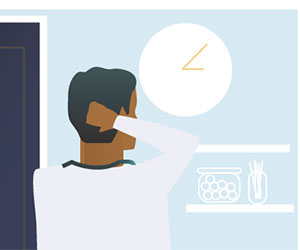What consumers want from telehealth
KevinMD
DECEMBER 24, 2022
After becoming more familiar with telehealth during the COVID-19 pandemic, a growing number of consumers today are realizing the value and convenience of virtual visits for minor urgent issues, chronic disease management, and mental health services. What consumers want from telehealth originally appeared in KevinMD.com. Read more….





















































Let's personalize your content